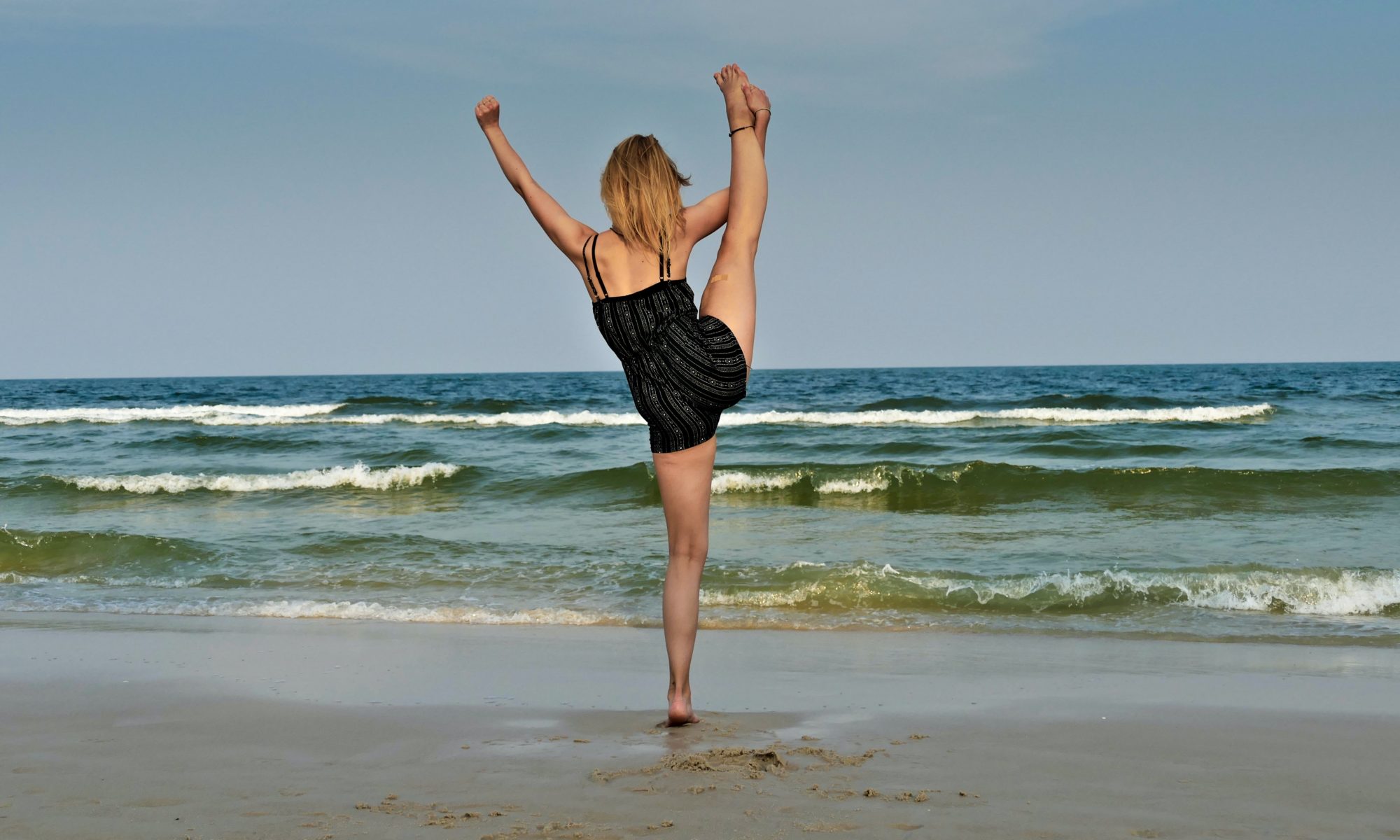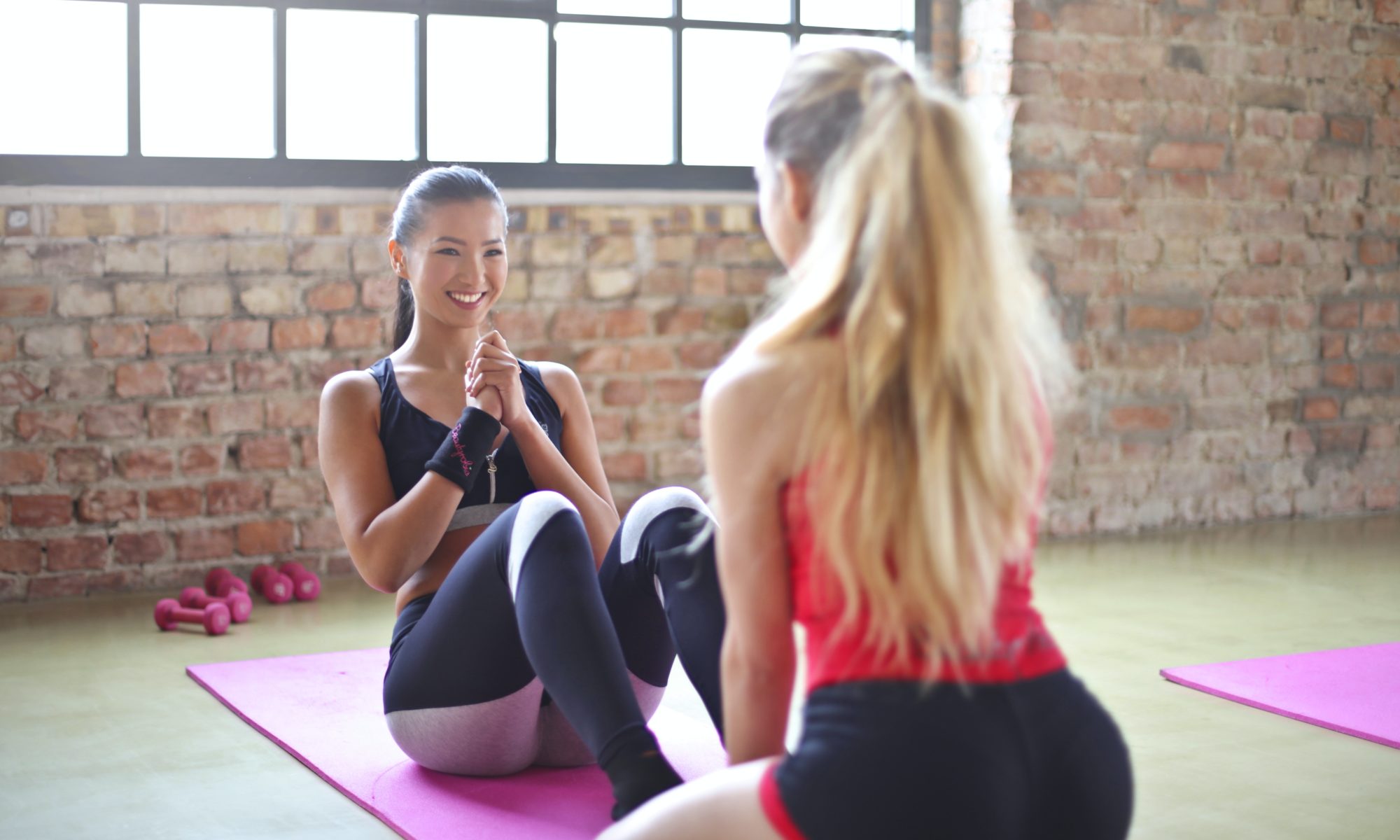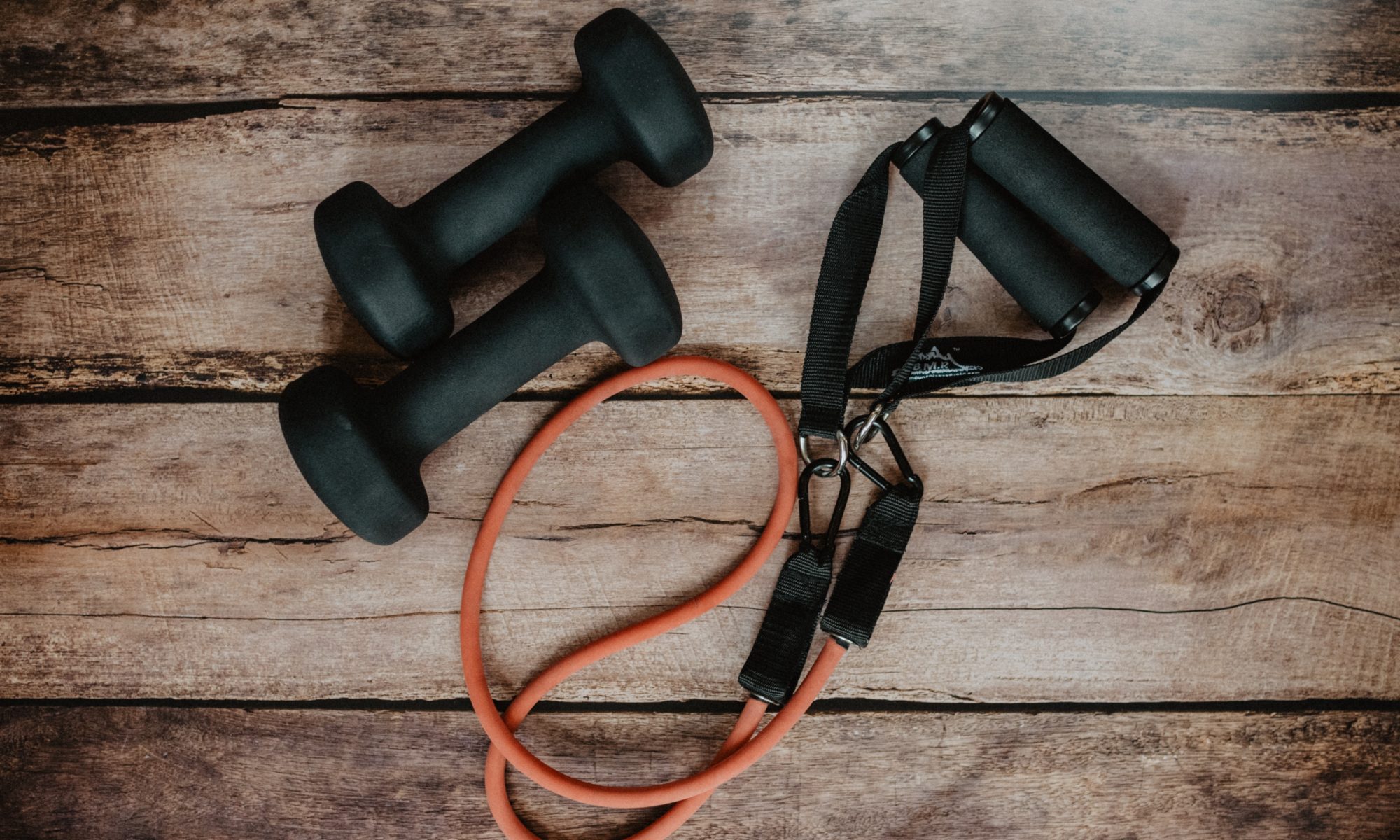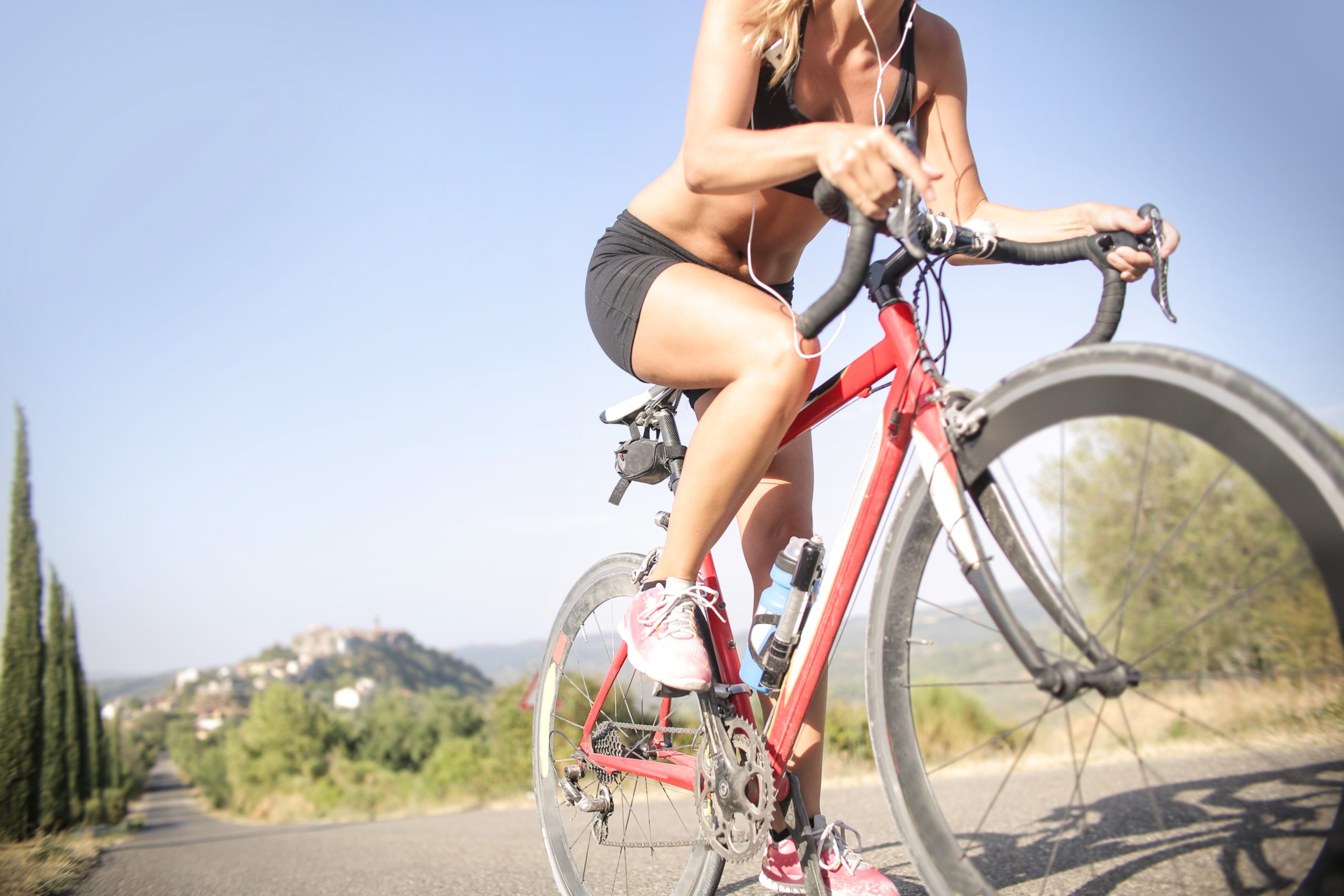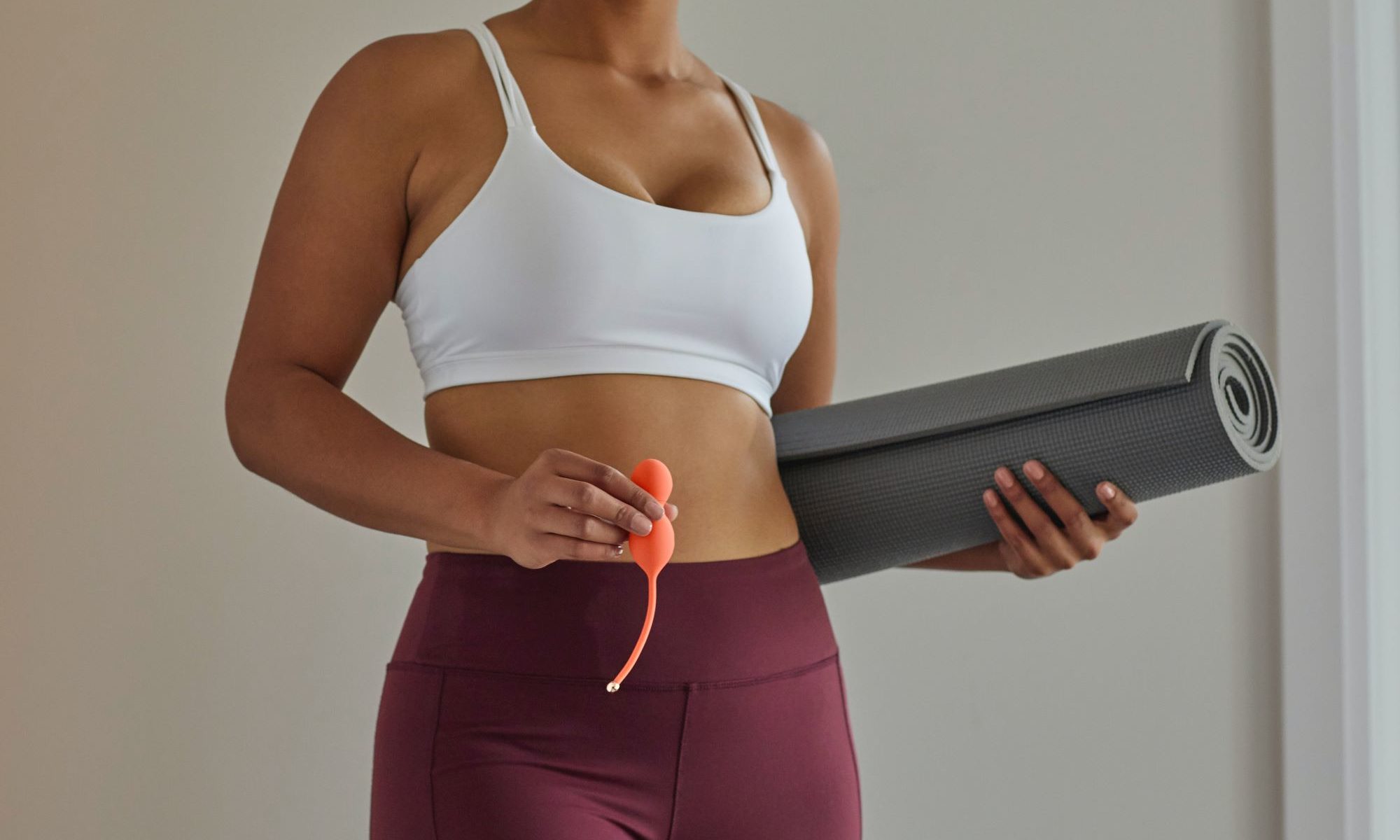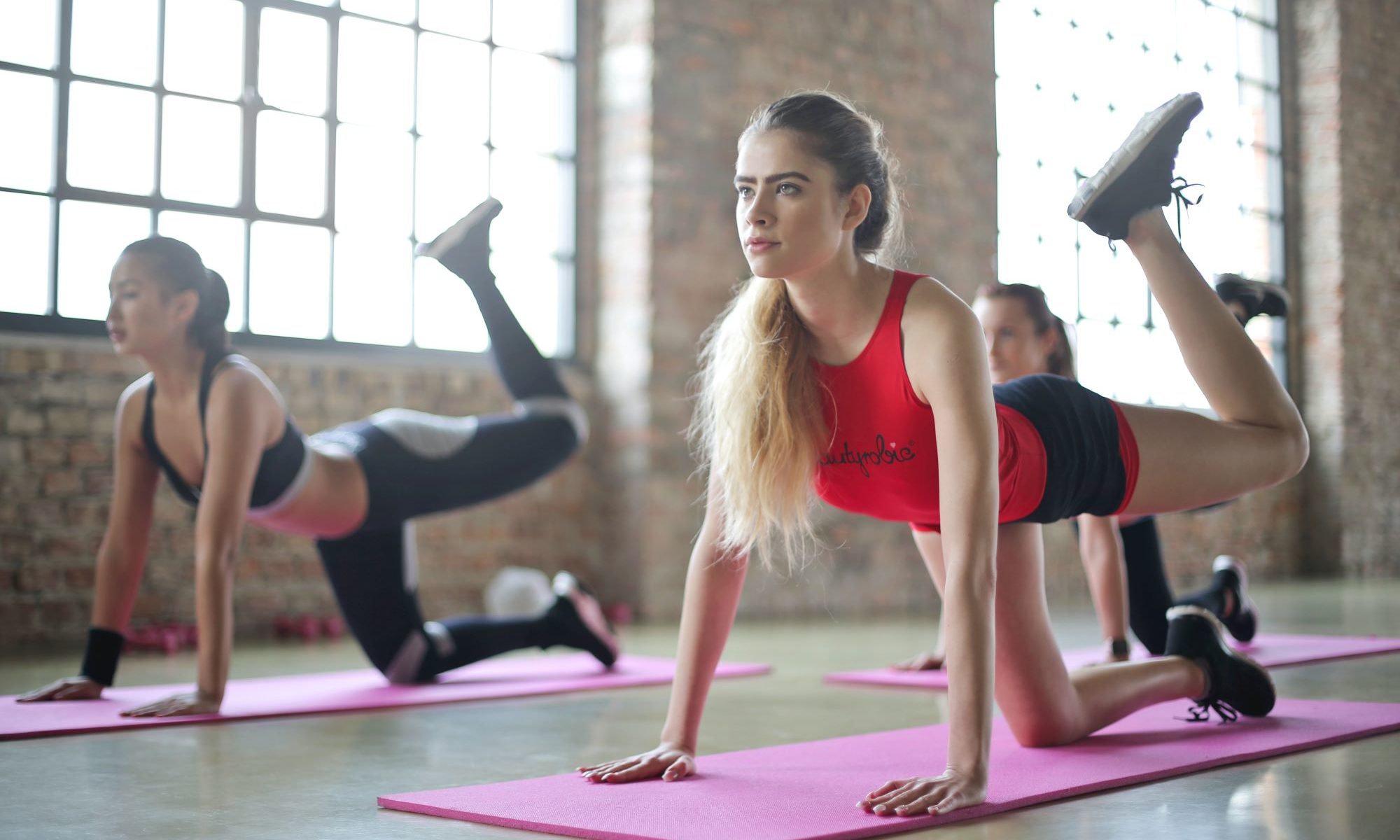It’s no secret that exercise is good for the body and mind, but when I see so many people choosing to exercise indoors on treadmills or stationary bicycles, I don’t understand it. While I may be a little old-fashioned, I think there’s nothing better than getting your heart pumping while enjoying the great outdoors. Here are some of the reasons why I prefer to exercise out of the house.
It Helps With Insomnia
Now, hear me out. When you exercise outdoors with natural sunlight surrounding you, it helps to regulate your body’s internal clock (also known as your circadian rhythm). If you’re always inside soaking up artificial light, your body can become confused and you may have trouble sleeping at night. Plus, breathing fresh air regularly may help improve the quality of your sleep at night!
It Helps Your Body Create Vitamin D
Vitamin D is one of the most important vitamins for your body’s immune system. It also helps the body absorb calcium from dietary sources. Unfortunately, many adults in the United States have low levels of vitamin D, which can lead to a deficient immune response and can affect bone health in a negative way. Since exposure to the sun is necessary for our bodies to create vitamin D from cholesterol, regular outdoor exercise sessions are important.
You don’t have to do typical “exercise” to benefit from the sun, either. Working in the garden, doing yardwork or playing with grandkids outside are all great ways to get outdoor exercise and boost your vitamin D levels without feeling like you’re “working out.”
It Provides a Natural Mood Boost
If you’re feeling grumpy or sad, spend some time outdoors on a lovely day and watch how quickly your mood improves. There’s no doubting that natural light and fresh outdoor air help provide the mind and body with positive energy. I’ve noticed that when I regularly exercise outside of my house, I’m less likely to feel down or depressed. Being outside is one of Mother Nature’s most under-utilized natural mood-boosters.
[insert page='Offer' display='content']
It’s Free!
The cost of a gym membership adds up over time. If you’re looking for ways to save money, ditch the membership and ride your bike or take a walk outside. It’s completely free of charge!
It Reduces Stress and Lowers Blood Pressure
Whether you take a simple stroll outside or you engage in a vigorous hike, you’re doing your body good in a lot of ways. Studies show that people who engage in physical activity outdoors lower their heart rate and blood pressure. If you’re not in peak physical activity, just take things slow to get started. As your cardiovascular health improves, you’ll be able to exercise longer and harder than before.
It’s Fun
I’ve tried working out on a treadmill with dozens of other people working out on either side of me. I got bored really quickly. Even when you have a television show in front of you, walking on a treadmill without going anywhere just seems like a waste of time. Walking outdoors, on the other hand, is always interesting and fun. Whether you take a stroll around your neighborhood or along a walking trail at a nearby park, you’ll find plenty of people to talk to or small creatures to watch. The entire experience is much more fulfilling than exercising indoors, in my humble opinion.
These are just a few of the top reasons why I think exercising outside is one of the best things people can do for their health and sanity. If you’re not convinced, give it a try! I have a sneaking suspicion you’ll decide exercising outside is a better choice than working out in your home.

